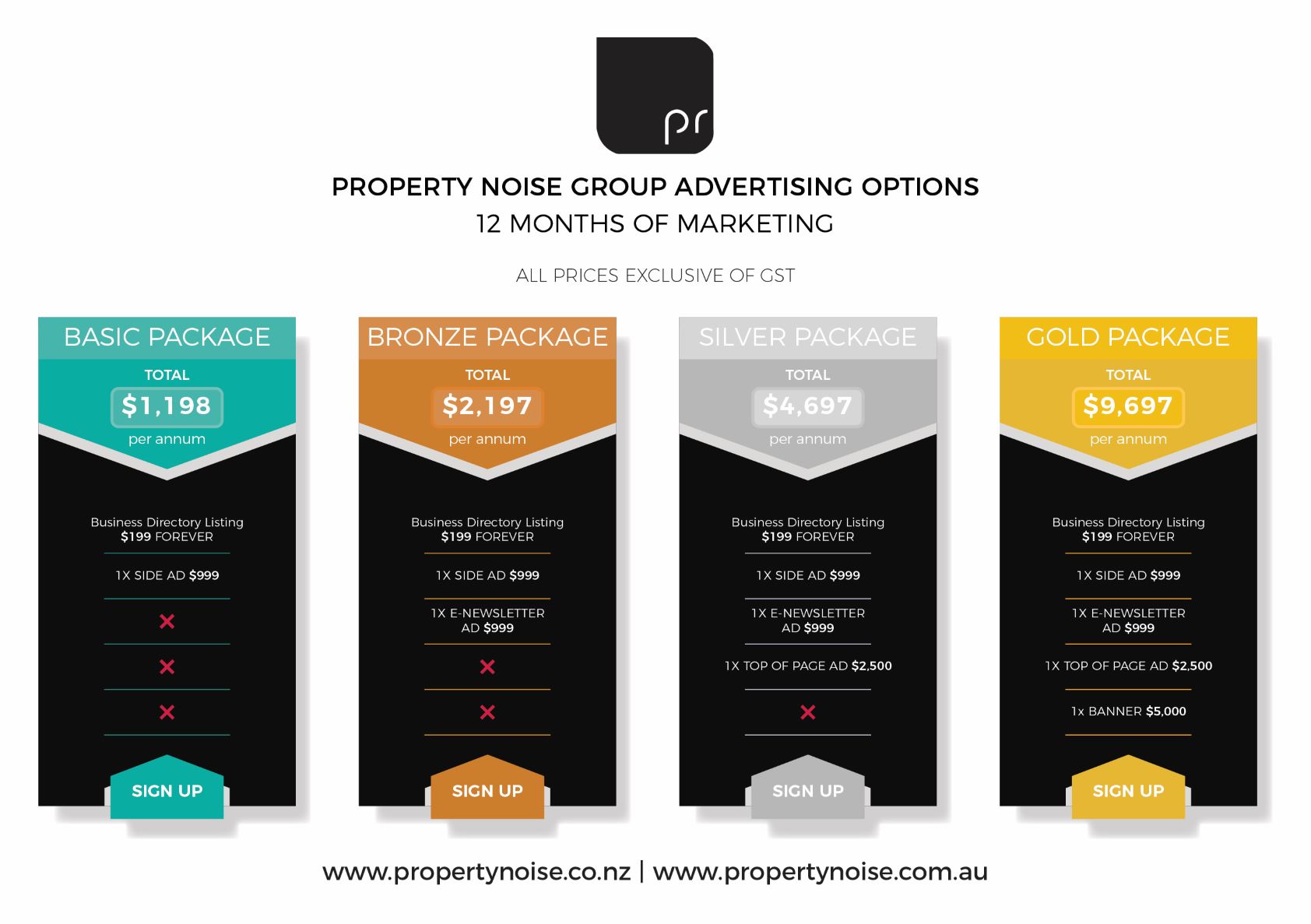PHOTO: First Home Buyers with BIG mortgage are set to feel the pain of raising interest rates
In advance of today’s official cash rate (OCR) decision from the Reserve Bank (RBNZ), analysts were able to be as certain of an increase as pretty much anytime in history. After all, inflation is well above target and employment very high (unemployment very low). The only conjecture was around whether the rise would be 0.25% or 0.50%, and in the end the RBNZ took a slightly more cautious path and raised by 0.25%.
Attention will now quickly turn to what’s next, and when/how high the peak for the OCR might ultimately be. The forecasts contained in today’s documents from the RBNZ suggest a peak of around 2.5% in late 2023, but you’d have to think that this peak could be reached sooner and/or be higher, especially with today’s announcement from Government that borders will reopen in the first half of 2022.
For the residential property market, the implications are clear – there are further mortgage interest rate increases to come. With most shorter term fixed rates now pushing up towards (or above) the 4% mark, we’ve already seen them pretty much double from the previous lows, and figures of 5% or more wouldn’t be a surprise over the next 6-12 months either.
Of course, that’s still low by past standards. And borrowers rolling off loans agreed perhaps two years ago, and/or who kept their repayments the same even as rates fell in 2020, may not see much change.
However, many borrowers on rolling one year terms could see a significant shift in mortgage costs. In fact, according to RBNZ data, $227.8bn in mortgages are either floating or due to roll over in the next year. This equates to 71% of all lending – a lot of funding which when refixed will likely lead to greater mortgage repayments and subsequently less disposable income.
In addition, the fact that rates may well still be low by past standards might not be of much comfort when you look at affordability measures. For example, with house prices having soared by 28.8% over the last year, mortgage payments as a % of gross household income are already back at 41% – well above the average of about 37%, and the highest since Q2 2008 (when mortgage rates were above 9%). A mortgage rate of 5% now would see that repayment burden rise to 46%, and at a 6% mortgage rate, it would climb to more than 51% – which would be the worst level for at least 18 years.
Overall, with unemployment still low, the housing market isn’t necessarily headed for a crisis. But there are certainly headwinds (e.g. higher mortgage rates, and tighter lending rules such as potential debt to income ratio caps) which will likely lead to a slowdown in sales volumes and a reduction in the pace of value growth throughout 2022.
MOST POPULAR
 Inside Tiger Woods’ secret Kiwi hideaway | WATCH
Inside Tiger Woods’ secret Kiwi hideaway | WATCH How a young woman went from being a successful real estate agent to an ice addict living on the streets
How a young woman went from being a successful real estate agent to an ice addict living on the streets Abandoned land for sale
Abandoned land for sale Cash and property forfeited following cannabis operation
Cash and property forfeited following cannabis operation Prime Minister Jacinda Ardern is now a property millionaire
Prime Minister Jacinda Ardern is now a property millionaire Century 21 launches nationwide franchise drive
Century 21 launches nationwide franchise drive High inflation, house prices likely to force OCR rise this week – economists
High inflation, house prices likely to force OCR rise this week – economists First-home buyer reveals the three things that helped get his offer accepted
First-home buyer reveals the three things that helped get his offer accepted Robert Tulp | Apollo Auctions (EXCLUSIVE INTERVIEW – PODCAST)
Robert Tulp | Apollo Auctions (EXCLUSIVE INTERVIEW – PODCAST) The Japanese estate agent selling houses for up to 50% off their market value – with one catch
The Japanese estate agent selling houses for up to 50% off their market value – with one catch















